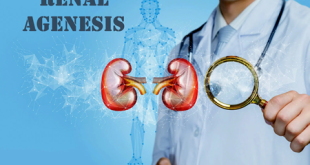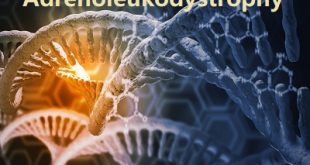Definition Renal agenesis is a congenital condition characterized by the absence of one or both kidneys at birth. The kidneys play a crucial role in filtering waste and excess fluids from the blood to form urine. The affected individual is born with either one kidney (unilateral renal agenesis) or no …
Read More »Vici Syndrome – Causes, Treatment and Prevention
Overview Vici syndrome, also known as immunodeficiency with cleft lip/palate, hypopigmentation, and absent corpus callosum, is an extremely rare genetic disorder characterized by a combination of distinctive features affecting various systems of the body. Individuals typically exhibit immune system deficiencies, resulting in an increased susceptibility to infections. This immunodeficiency is …
Read More »Shwachman-Diamond Syndrome – Causes, and Treatment
Overview Shwachman-Diamond syndrome (SDS) is a rare genetic disorder that primarily affects the pancreas, bone marrow, and skeletal system. It is an autosomal recessive condition, meaning that individuals with SDS inherit a mutated gene from both parents. The syndrome is caused by mutations in the SBDS gene, which plays a …
Read More »Cutis Verticis Gyrata (CVG) – Classification, Causes and Treatment
Definition Cutis verticis gyrata (CVG) refers to deep folds on the scalp that look similar to the folds of the brain. It occurs more commonly in males, and most commonly develops after puberty, but before age 30. It may occur alone (isolated CVG) or in association with a variety of underlying …
Read More »Alport Syndrome – Types, Causes and Treatment
What is Alport Syndrome? Alport syndrome is a genetic illness that affects the functioning of the kidneys, eyes, and ears. It affects the collagen type IV in the body, which prevents these organs from functioning naturally. Also, it damages the glomeruli in the kidneys, which prevents the filtering of wastes from …
Read More »Adrenoleukodystrophy – Overview and Diagnosis
Overview Adrenoleukodystrophy (ALD) is a genetic condition that damages the membrane (myelin sheath) that covers nerve cells in the brain and spinal cord. Myelin acts as insulation around the nerve fibers. When this insolating layer is damaged, nerve signals from the brain cannot communicate across the body properly, causing impaired …
Read More »Stickler Syndrome – Definition, Types, Causes and Treatment
Definition Stickler syndrome and related disorders are a group of inherited conditions characterized by ocular abnormalities, hearing loss, and skeletal or joint problems. Most individuals with this syndrome have a distinct facial appearance with a flattened midface, sometimes with the Pierre Robin sequence. The majority of cases are caused by …
Read More »Muscular Dystrophy – Types, Complications, and Treatment.
What is muscular dystrophy? Muscular dystrophy refers to a group of more than 30 inherited (genetic) diseases that cause muscle weakness. These conditions are a type of myopathy, a disease of the skeletal muscles. Over time, muscles shrink and become weaker, affecting your ability to walk and perform daily activities …
Read More » Diseases Treatments Dictionary This is complete solution to read all diseases treatments Which covers Prevention, Causes, Symptoms, Medical Terms, Drugs, Prescription, Natural Remedies with cures and Treatments. Most of the common diseases were listed in names, split with categories.
Diseases Treatments Dictionary This is complete solution to read all diseases treatments Which covers Prevention, Causes, Symptoms, Medical Terms, Drugs, Prescription, Natural Remedies with cures and Treatments. Most of the common diseases were listed in names, split with categories.








